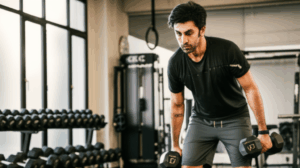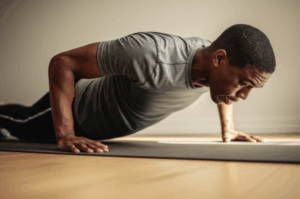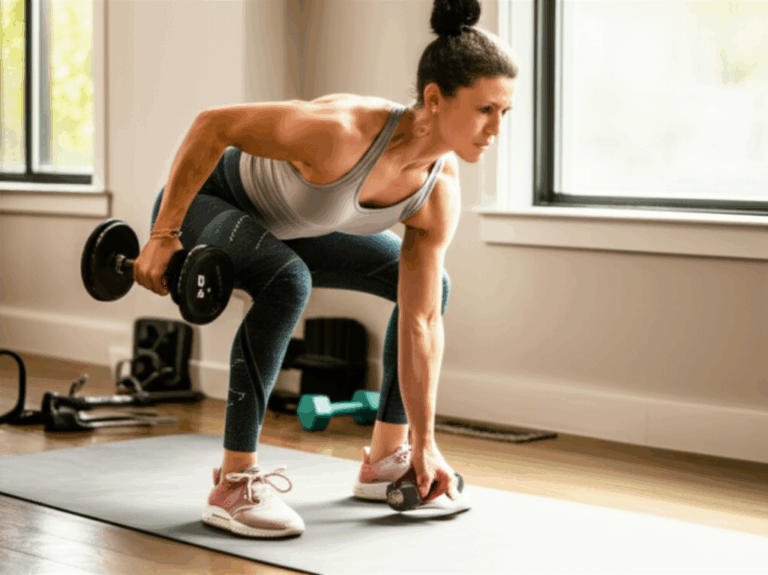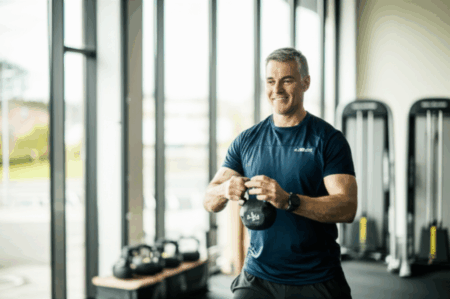Celebrity fitness instructor Yasmin Karachiwala, renowned for training Bollywood stars like Alia Bhatt and Katrina Kaif, has unveiled a quick and effective 4-move dumbbell routine perfect for home workouts. Shared in an Instagram video on July 29, this routine is designed to target shoulders from all angles, including the front, side, and rear deltoids, offering a comprehensive upper-body workout with minimal equipment.
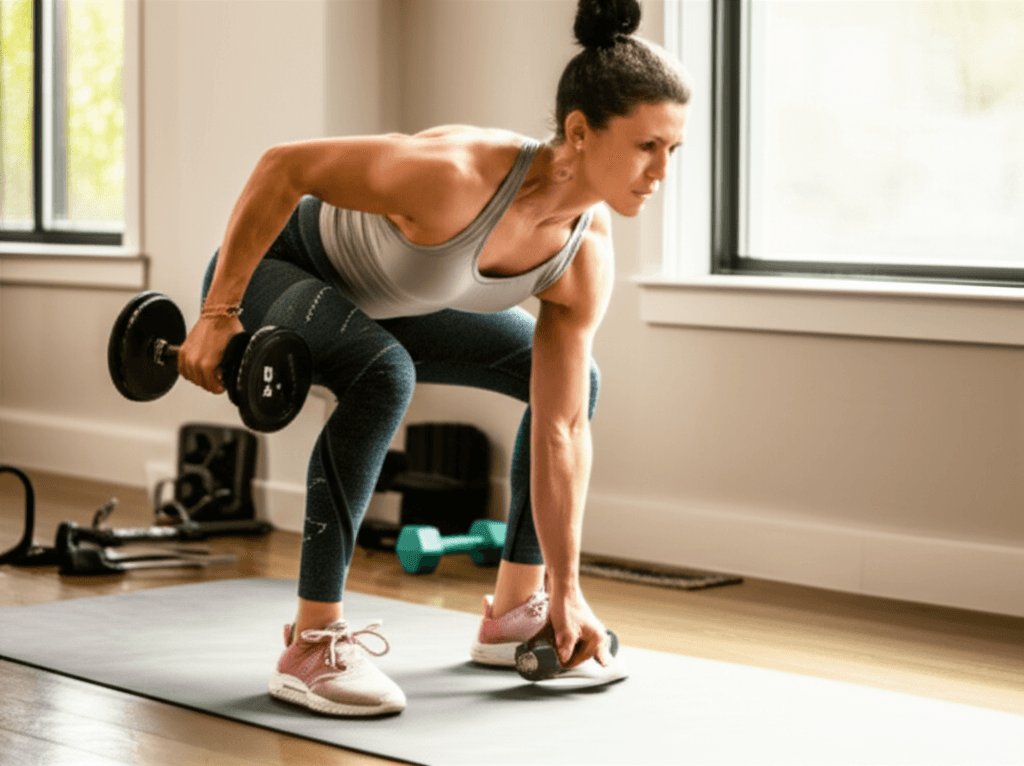
Why Home Dumbbell Workouts Are Effective
Dumbbells are an excellent tool for at-home strength training, offering versatility and effectiveness for building muscle and improving overall fitness. They provide resistance, which is crucial for muscle breakdown and subsequent growth, leading to increased strength and tone. Studies have shown that virtual resistance training programs, often featuring dumbbells, can improve fitness and even help with depression. Furthermore, dumbbells can be just as effective as gym machines for strength building.
For those with limited space or time, adjustable dumbbells are a wise investment as they save space and offer a range of weights in one compact set. Even without traditional dumbbells, household items like water bottles or cans can be used as substitutes for resistance, making these workouts accessible to almost anyone.
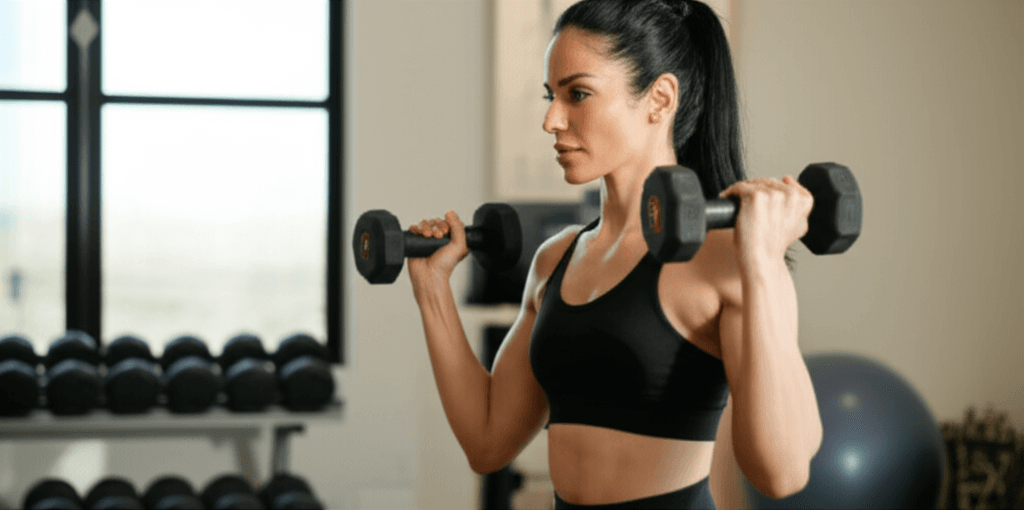
Yasmin Karachiwala’s 4-Move Shoulder Routine
While the specific details of Yasmin Karachiwala’s full 4-move routine weren’t entirely available in the search results, celebrity trainers like her often emphasize compound movements and targeting multiple muscle groups for efficient workouts. Many effective home dumbbell routines focus on exercises that can hit the entire body or specific areas comprehensively.
Based on common and effective dumbbell exercises recommended by fitness experts for home workouts, a routine targeting the shoulders from all angles might include variations of the following:
1. Dumbbell Overhead Press
The dumbbell overhead press is a fundamental exercise for building strength in the shoulders (deltoids) and triceps. It can be performed standing or seated. To execute, hold a dumbbell in each hand at shoulder height, palms facing forward or inwards. Press the dumbbells directly overhead until your arms are fully extended, then slowly lower them back to the starting position. This move effectively targets the anterior (front) and medial (side) deltoids.
2. Lateral Raises
Lateral raises are excellent for isolating and building the medial deltoids, which contribute to shoulder width and definition. Stand with a slight bend in your knees, holding a dumbbell in each hand at your sides, palms facing your body. Keeping a slight bend in your elbows, raise the dumbbells out to the sides until your arms are parallel to the floor, forming a “T” shape. Focus on leading with your elbows and keeping the movement controlled, then slowly lower the weights back down.
3. Bent-Over Reverse Fly (Rear Delt Fly)
This exercise specifically targets the posterior (rear) deltoids, which are often underdeveloped compared to the front and side deltoids. Hinge at your hips, keeping your back straight and a slight bend in your knees, so your torso is almost parallel to the floor. Let the dumbbells hang beneath you, palms facing each other. With a slight bend in your elbows, raise the dumbbells out to the sides in an arc, squeezing your shoulder blades together at the top of the movement. Slowly lower the weights back to the starting position.
4. Upright Rows
Upright rows work the deltoids and trapezius muscles. Stand with feet hip-width apart, holding a dumbbell in each hand in front of your thighs, palms facing your body. Pull the dumbbells straight up towards your chin, leading with your elbows. Your elbows should point upwards and outwards at the top of the movement. Ensure to keep the weights close to your body throughout the movement, then slowly lower them back down.

Structuring Your Home Dumbbell Workout
To get the most out of a 4-move dumbbell routine, consider incorporating it into a circuit format. For example, complete 8-12 repetitions of each exercise, then rest for 60-90 seconds. Repeat the entire circuit for 3-5 rounds.
Consistency is key for building strength and seeing results. Start with a weight that allows you to maintain proper form for all repetitions, then gradually increase the weight or repetitions as you get stronger, a concept known as progressive overload. Even short, focused workouts like this can be highly effective when performed regularly.

